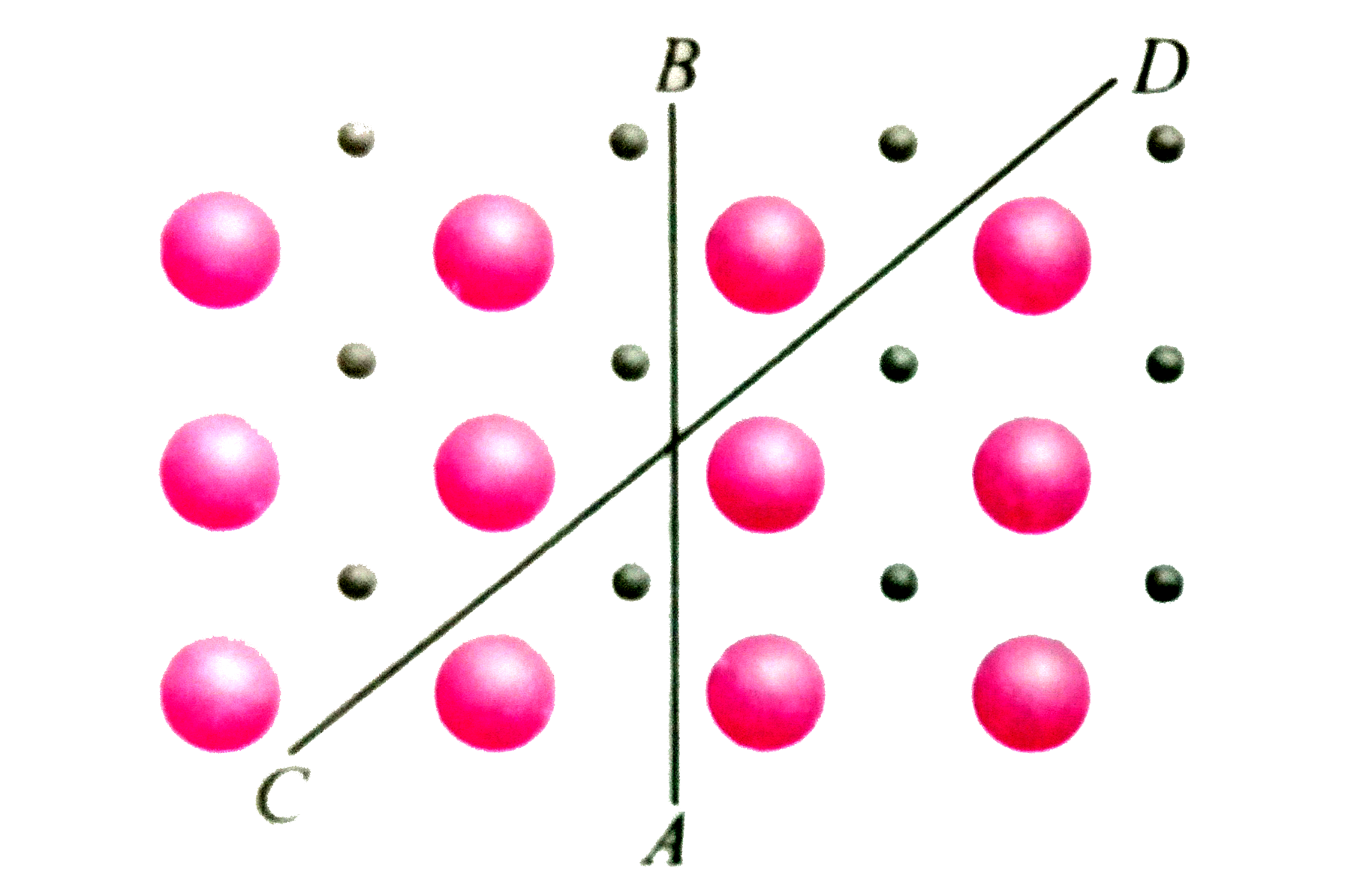Explain the arrangement of particles in a solid.
To explain the arrangement of particles in a solid, we can break it down into several key points:
1. Definition of Solid:
- A solid is one of the three primary states of matter, characterized by its definite shape and volume.
2. Close Packing of Particles:
- In solids, the particles (atoms, molecules, or ions) are arranged very closely together. This close packing means that there is minimal space between the particles.
3. Intermolecular Forces:
- The forces of attraction between the particles in a solid are very strong. These forces hold the particles tightly together, preventing them from moving freely.
4. Vibration of Particles:
- Although the particles in a solid are closely packed and cannot move from their fixed positions, they do vibrate. This vibration occurs around their own fixed points, but the particles do not change their position relative to one another.
5. Comparison with Other States of Matter:
- Unlike solids, liquids have particles that are less tightly packed and can move around each other, while gases have particles that are far apart and move freely.
Summary:
In summary, the arrangement of particles in a solid is characterized by close packing, strong intermolecular forces, and limited movement (vibration) of the particles.
---
- A solid is one of the three primary states of matter, characterized by its definite shape and volume.
- In solids, the particles (atoms, molecules, or ions) are arranged very closely together. This close packing means that there is minimal space between the particles.
- The forces of attraction between the particles in a solid are very strong. These forces hold the particles tightly together, preventing them from moving freely.
- Although the particles in a solid are closely packed and cannot move from their fixed positions, they do vibrate. This vibration occurs around their own fixed points, but the particles do not change their position relative to one another.
- Unlike solids, liquids have particles that are less tightly packed and can move around each other, while gases have particles that are far apart and move freely.
In summary, the arrangement of particles in a solid is characterized by close packing, strong intermolecular forces, and limited movement (vibration) of the particles.
Topper's Solved these Questions
- MATTERBOOK - ICSECHAPTER - MATTEREXERCISE - Exercises (Section II) Long answer questions.
3 Videos
- MATTERBOOK - ICSECHAPTER - MATTEREXERCISE - Questions (Write T for True and F for False. Correct the False statements)
4 Videos
- MATTERBOOK - ICSECHAPTER - MATTEREXERCISE - Exercises (Section II) Distinguish between the following.
1 Videos
- MAGNETISMBOOK - ICSECHAPTER - MAGNETISMEXERCISE - Picture Based Questions
12 Videos
- MODEL TEST PAPERS BOOK - ICSECHAPTER - MODEL TEST PAPERS EXERCISE - TEST PAPER II (SECTION II) Numerical questions
2 Videos
Similar Questions
Explain the arrangement of particles in liquids and gases.
View SolutionHeat changes the arrangement of particles in a substance when there is a change of state.
View SolutionExplain the arrangement of cell walls in diatoms.
View SolutionStudy the figure of a solid given below depicting the arrangement of particles. Which is the most appropriate term used for the figure ?

View SolutionExplain the arrangement of carbon atoms in graphite.
View SolutionExplain the arrangement of cell wall in a plant cell.
View SolutionInspite of long range order in the arrangement of particles why are the crystals usually not perfect ?
View SolutionInspite of long range order in the arrangement of particles why are the crystals usually not perfect ?
View SolutionFill in the blanks
(a) Evaporation of a liquid at room temperature leads to a …… effect .
(b) At room temperature the forces of attraction between the particles of solid substances are …. Than those which exist in the gaseous state.
(c) The arrangement of particles is less ordered in the ... state. However, there is no order in the ..... state.
(d)....... is the change of gaseous state directly to solid state without going through the ....... state.
(e) The phenomenon of changes of a liquid into the gaseous state at any temperature below its boiling point is called ......
View SolutionThe range of radius ratio (cationic to anionic) for an octahedral arrangement of ions in an ionic solid is
View Solution
